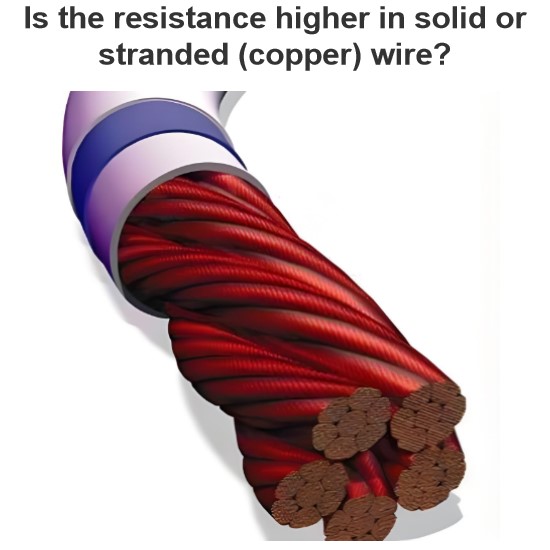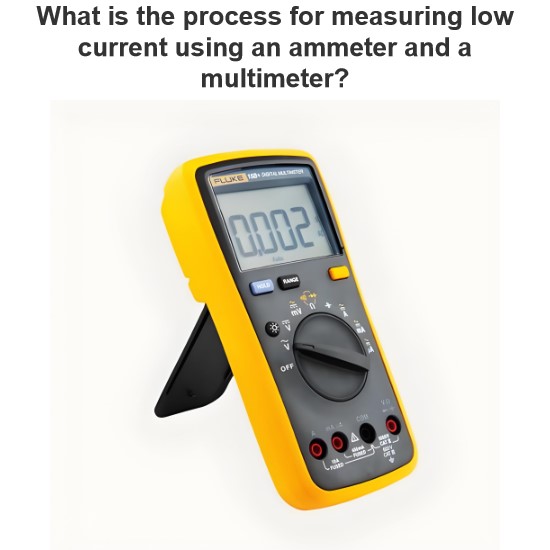A copper wire is 2.0 mm thick and 2 meters long. What is the resistance?
To calculate the resistance of a copper wire, we can use the resistivity formula:

R is resistance (unit: ohms, Ω)
ρ is the resistivity of the material (unit: ohms · meters, Ω·m)
L is the length of the wire (unit: m, m)
A is the cross-sectional area of the wire (unit: square meters, m²)
For copper wires, the resistivity is approximately 1.72×10−8Ω⋅m (the standard value at 20°C).
First, we need to calculate the cross-sectional area A of the wire. Suppose the wire has a circular cross-section and a diameter of 2.0 mm, so the radius r is 1.0 mm, or 0.001 m. The formula for the area of A circle is A=πr 2, so:

Therefore, a copper wire with a diameter of 2.0 mm and a length of 2 meters has a resistance of about 0.01094 ohms under standard conditions (20°C). Note that the actual resistance value may vary slightly depending on the quality of the copper, temperature, and other factors.
The Electricity Encyclopedia is dedicated to accelerating the dissemination and application of electricity knowledge and adding impetus to the development and innovation of the electricity industry.




